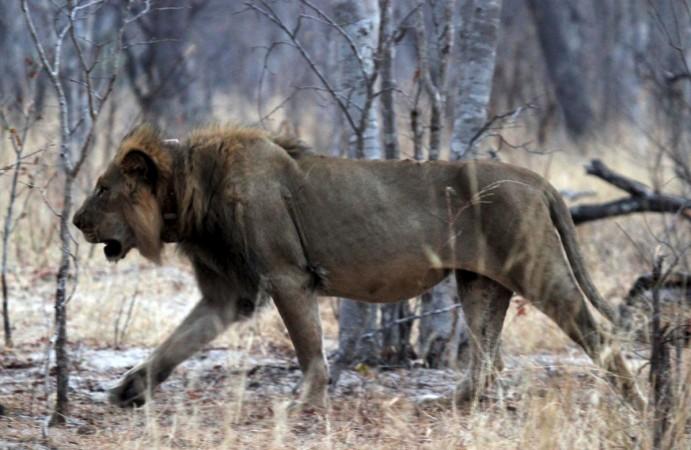
Cecil the lion from Zimbabwe, who was poached in 2015 by American dentist Walter Palmer from Minnesota, reportedly died a tragic death after 12 hours of suffering. New details have been revealed about the lion's death by an Oxford University biologist named Andrew Loveridge.
Loveridge had analyzed 13-year-old Cecil along with a cohort of researchers for almost a decade, and said the lion died a very painful death.
Palmer had paid a lump sum of $50,000 to local hunter Theo Bronkhorst to kill the big cat using a bow and arrow.
Palmer and Bronkhorst reportedly baited Cecil out of Hwange National Park in Zimbabwe with the help of an elephant's carcass. Palmer was equipped with "lethally sharp arrows" and was hiding in a tree, National Geographic had reported.
Cecil was hit by the first arrow on July 1, 2015, between 9 pm and 11 pm, which left him wounded but alive for 12 hours. The GPS collar around his neck showed that around 7 am he had moved hardly 160 meters after being hit by the arrow at night.
Around 9 am on July 2, 2015, Bronkhorst reportedly asked Palmer to "finish the lion off" after which the duo left in their vehicle to find Cecil and killing him. Cecil moved up to 350 meters from the point where he was wounded.
"Judging from the events described by Cornelius and the data sent by the GPS collar, the injured lion most likely was killed 10-12 hours after being wounded," Loveridge was quoted by National Geographic as saying.
Loveridge said Cecil did not die instantly and almost certainly suffered for many hours. If Palmer was going to kill Cecil using a firearm the trophy would be considered ineligible for a bow-hunt record.
"Perhaps part of the explanation is that Palmer was hoping to submit this obviously large trophy to a hunting record book as a bow-hunted specimen. This precluded the use of a firearm to dispatch the animal, as that would render the trophy ineligible as a bow-hunt record," Loveridge was quoted as saying by National Geographic.















